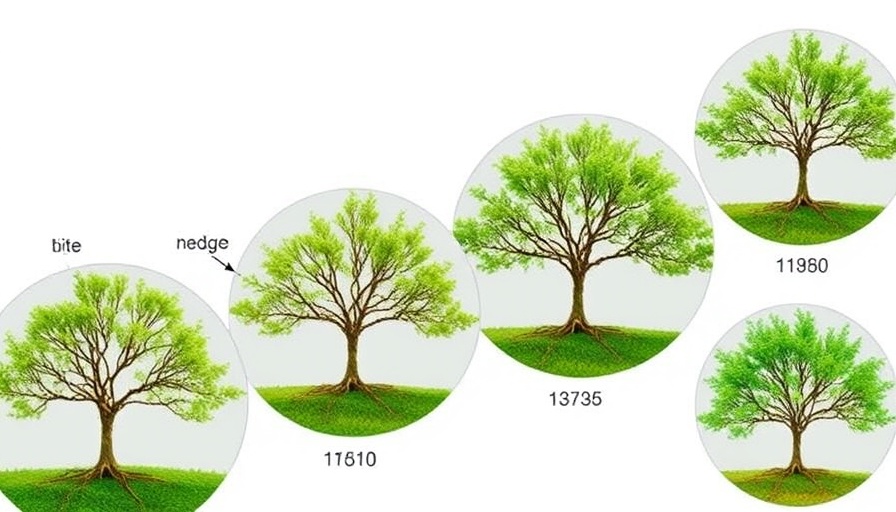
The Dynamic Awakening of Forests in Springtime
As spring approaches, one of nature's most captivating events unfolds: trees beginning their growth cycle anew. Surprisingly, not all trees in the same forest awaken at the same time, even when they belong to the same species. Recent studies using cutting-edge laser scanning technology have revealed that individual trees respond to environmental cues at their own pace, leading to a fascinating array of growth patterns that could reshape our understanding of forest ecology.
What Laser Scanning Reveals About Tree Behavior
Laser scanning, a method once reserved for architectural applications and topographical mapping, is now emerging as a powerful tool in biological research. This technology allows scientists to monitor seasonal changes in a forest at an unprecedented level of detail. By capturing extensive data on the physical changes of trees, researchers can identify how specific trees respond to light and temperature variations differently, revealing that some might sprout leaves before others or even react uniquely to shifts in weather patterns.
Understanding Spring in the Forest: Why Timing Matters
This diverse awakening process is crucial, especially in a changing climate where temperatures fluctuate unpredictably. Understanding the timing of tree growth can aid in predicting how forests might respond to climate change, influencing both biodiversity and forest management practices. For instance, if certain tree species begin their growth cycle earlier due to warmer temperatures, they may be more susceptible to late frosts, which can have devastating impacts on overall forest health.
The Implications of Tree Awakening Variability
This research emphasizes the importance of considering individual responses within species. It challenges the conventional understanding of tree behavior, suggesting that forest ecosystems may be much more intricate than previously thought. The variability among trees raises crucial questions about competition for resources and how these dynamics shift as climate conditions change.
Bridging Biology and Technology for Future Insights
The integration of laser scanning technology into forestry research aligns with advancements in biotechnology. It opens new pathways for understanding forest ecology, paving the way for the development of sustainable management practices that preserve our vital green spaces. As we continue to innovate technically, we can expect further breakthroughs in how we study and protect our forests.
Your Role in Forest Conservation
Understanding the intricate behaviors of trees can inspire all of us to play a part in conserving our forests. By supporting sustainable practices and promoting awareness about the vital roles forests play in our ecosystem, we can help ensure that these majestic natural resources thrive even in the face of changing climates.
 Add Row
Add Row  Add
Add 




Write A Comment